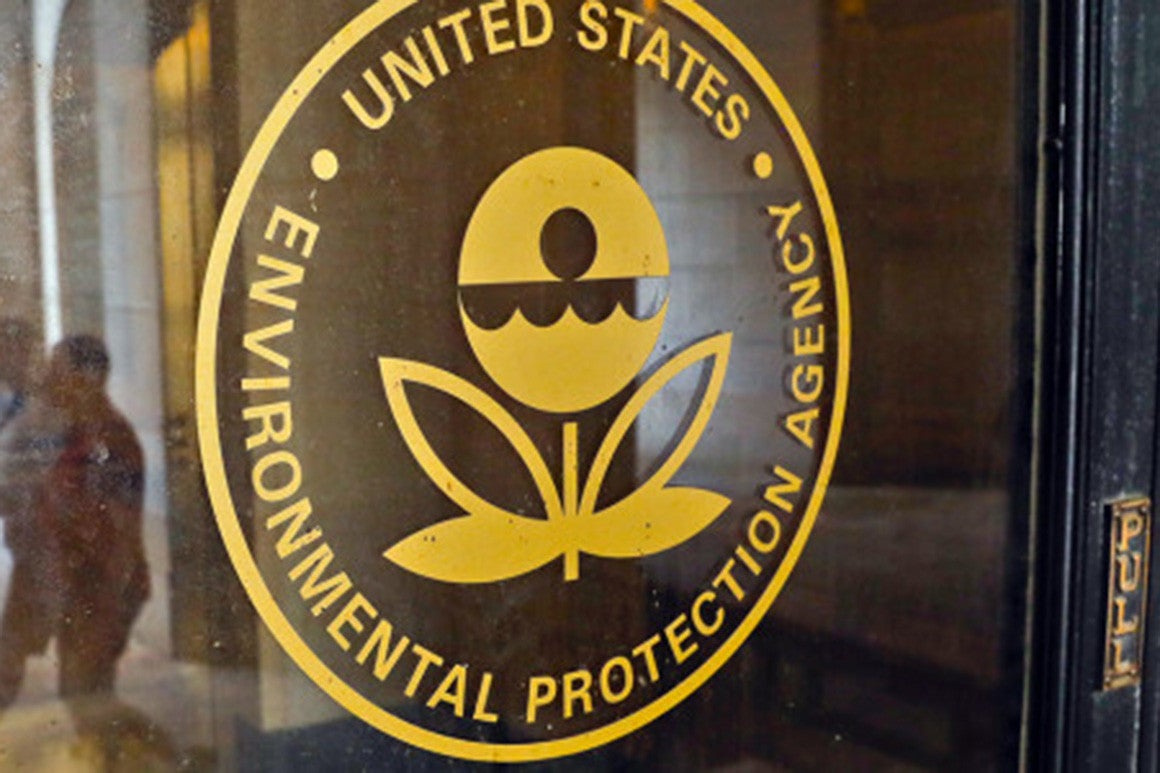
What the heck is going on with EPA’s risk evaluation fees under TSCA?
Richard Denison, Ph.D., is a Lead Senior Scientist.
What a mess. That’s the best that can be said from the outside about the process EPA has followed to decide which companies are to pay fees to help defray the agency’s costs of conducting risk evaluations for the next 20 chemicals under the Toxic Substances Control Act (TSCA).[pullquote]EPA’s steps to endanger its ability to collect the fees under TSCA that Congress mandated border on self-sabotage.[/pullquote]
These fees were set forth in EPA’s final TSCA fees rule issued in October 2018. The total fee assigned to each of the next 20 chemicals for which risk evaluations are now underway was set at $1.35 million. That fee is to be paid by manufacturers (including importers) of a chemical. TSCA provided EPA with authority to charge processors of these chemicals a fee as well, but the agency opted to exclude processors from such fees in its final rule (see p. 52,696). EPA also opted not to charge fees to cover any of the costs it incurred for the first 10 risk evaluations (see p. 52,708 of the fees rule), although it had authority to do so.
Last week EPA issued what it calls its “interim final list” of companies obligated to pay fees to cover the costs of the next 20 risk evaluations. The list is dramatically scaled-back from the agency’s earlier list, and it is impossible for the public to understand the basis for the changes. That is in no small part due to the convoluted, opaque, and legally suspect process EPA has followed.
A long and winding road
Back in January, EPA issued a preliminary list of companies it had identified as potentially subject to the fees for risk evaluations of the 20 chemicals. EPA used company reports submitted under its Chemical Data Reporting (CDR) rule and Toxics Release Inventory (TRI) as sources to identify the companies. Publication of these lists triggered a 60-day comment period during which time manufacturers of any of the 20 chemicals were to “self-identify,” whether or not they were included on the list. That’s when companies started a collective freak-out. It took the form of them seeking to have EPA carve out exemptions from fee obligations.
Bear in mind that TSCA does not provide for any such exemptions; see TSCA section 26(b). Moreover, neither does EPA’s final rule implementing the fee provisions of TSCA; the only exemptions from any of TSCA’s fees are for manufacturers of microorganisms, not chemicals, and for submitters of certain reports on polymers; see 40 CFR 700.45(e).
Nonetheless, EPA was happy to oblige. As reported in the trade press, it promptly convened a call with companies making the 20 chemicals to assure them that it was working to “lessen” their concerns by developing a variety of exemptions from fee obligations, starting with an exemption for importers of articles containing any of the 20 chemicals. Companies used the call to press EPA for numerous additional exemptions, including for chemicals produced or present in a de minimis amount; as an impurity or byproduct; as a non-isolated intermediate; and for research and development.
Note that EPA had already indicated in January that such import or other activities were not exempt from fees; see page 4,663 here. Companies also renewed calls for EPA more broadly to exempt chemicals where risk or exposure is thought to be low or is regulated under another statute. Industry had lobbied for just such exemptions to be included in the fee rule, but EPA declined to do so; see page 6 here.
This time, however, the industry’s pleas for exemptions fell on the more receptive ears of political appointees at the agency.
In March, in apparent recognition of the fact that it couldn’t simply create the desired exemptions out of whole cloth when they hadn’t been included in the fee rule, EPA issued a press release making two promises to the industry. First, EPA would seek to add a host of exemptions to the next iteration of the fee rule — despite the fact that, while TSCA does require EPA to revisit the rule every three years, it limits that revisiting only to adjusting the level of fees to ensure they are adequate to cover the relevant agency activities; see TSCA section 26(b)(4)(F).
Second, EPA told the industry that it would meanwhile look the other way if companies that engaged in certain fee-triggering activities chose not to self-identify. This took the form of a rare “no action assurance” issued by EPA that signaled it would not enforce the law and its own rule against companies that chose not to self-identify because they: import the chemical in an article; produce the chemical as a byproduct; or produce or import the chemical as an impurity. The “no action assurance” runs until EPA promulgates a new fee rule that includes the exemptions, or September 30, 2021, whichever is earlier.
Yet more corners to be cut going forward
EPA has accommodated the chemical industry in at least two other ways. First, it granted not one, but two, extensions of the comment period for self-identification, one from March 27 to May 27, and then again from May 27 to June 15.
Second, this spring, industry groups began seeking delays in fee payments, citing the pandemic and cash flow problems. The American Coatings Association, Adhesive and Sealant Council, Chlorine Institute, Color Pigments Manufacturers Association, National Association of Chemical Distributers, Society of Chemical Manufacturers and Affiliates, and Vinyl Institute asked EPA to provide a year for full payment of the required fees, instead of the 120 days required under the fee rule.
EPA’s email last week announcing the issuance of the “interim final list” of companies subject to fees signals EPA will likely grant industry the “forbearance” it seeks. The email states: “Due to the public health emergency, EPA is exploring options for payment flexibilities.” (Remember when health and community groups asked EPA to extend the public comment period for the draft risk evaluation of trichloroethylene due to the pandemic. and EPA refused to do so?)
Why does this matter?
This hodge-podge of fits and starts is difficult to sort out. If it does not result in a reduction in fee revenue EPA receives to help cover the costs of risk evaluations, or in significant delays in receipt of the fees, it may not be such a big deal. But there are already signs the revenue may in fact be significantly reduced, and any delays in fee payment EPA allows will also have consequences. For example, as a result of changes made to the lists between January and yesterday, one of the 20 chemicals (the flame retardant TCEP) now has no – zero – identified fee payers. If that holds in the final final list, EPA – and the American taxpayer – will be out $1.35 million.
If fees are lost or delayed due to EPA’s accommodation of industry concerns, that reduces EPA’s capacity to conduct timely, robust risk evaluations. The TSCA clock is already ticking on the next 20 risk evaluations, and EPA is already well behind schedule.
EPA’s steps to endanger its ability to collect the fees under TSCA that Congress mandated border on self-sabotage.
Last but not least, EPA needs to be held accountable for the changes it has made along the way. EPA needs to provide a clear, public explanation of the reason it removed any company from the preliminary list. Otherwise it is difficult to see the process as anything other than arbitrary, as EPA bending to the special industry interests who squawk the loudest.
EPA’s handing out of exemptions that have no basis in TSCA or its own fee rule, and its signal to companies that lack of compliance with the fee requirements won’t be viewed by EPA as a big deal, are deeply disturbing and again smack of favoritism, backroom deals and yet another example of EPA elevating private interests over the public interest when it comes to chemical safety.












